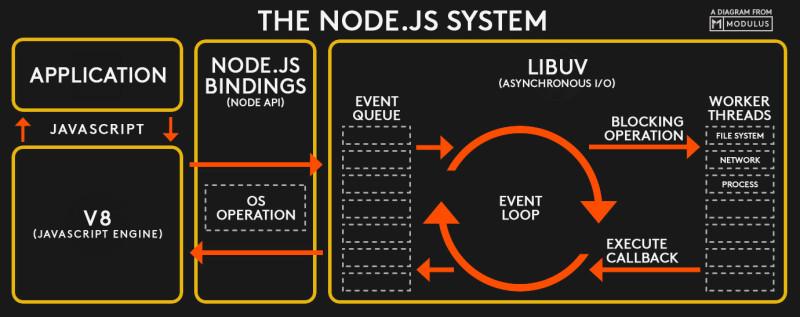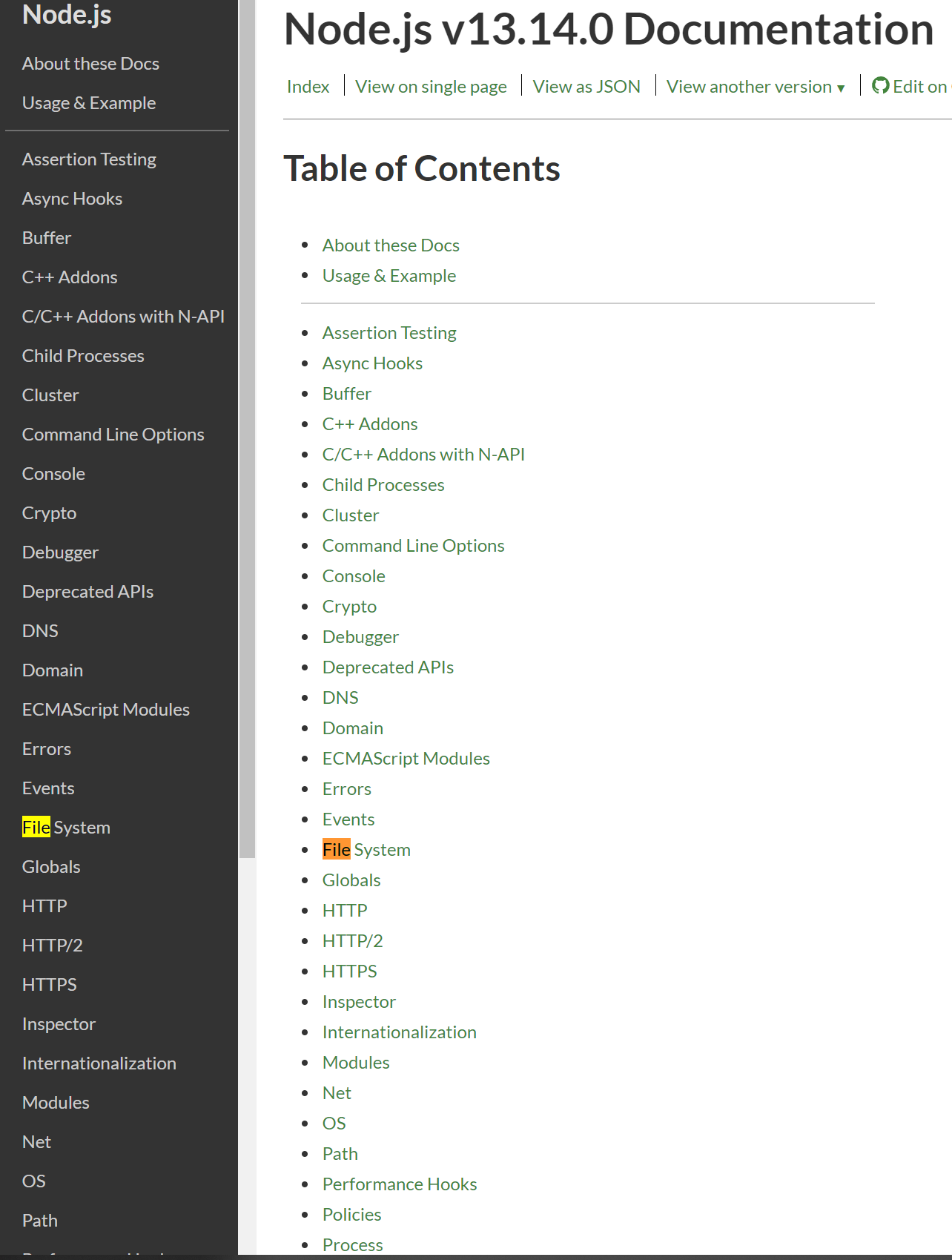
This article will take you to understand the built-in modules in Node.js, take a look at the operating mechanism of Node.js built-in modules, and briefly introduce EventEmitter (observer mode) through examples.

Node.js architecture diagram

Some chestnuts
[Recommended learning: "nodejs Tutorial"]
Through Node.js source code analysis
The application layer code calls the Node.js module
The Node.js module calls the underlying C module through internalBinding
The built-in modules of Node are stored in the lib folder
The built-in modules call the internalBinding V8 level method
internalBinding In the C code in the src directory, the
C code defines some The underlying method is exported through the interface of V8 for the Node layer to call
Finally, the Node layer returns to the application layer
EventEmitter (Observer mode) In some cases, the data is not called through the Node.js source code, but directly notified to the Node.js code to do something through the underlying operating system, such as: EventEmitter
process.stdin.on("data", (e) => {
const playerAction = e.toString().trim();
});on The principle of the event is to use Class: EventEmitter
EventEmitter can pass some changes that occur at the bottom layer, such as receiving a mouse event, to the application layer, so that developers can perform corresponding operations
Use Observer pattern to solve the problem of communication between multiple module objects
// index.js
const EventEmitter = require("events").EventEmitter;
class GeekTime extends EventEmitter {
constructor() {
super();
setInterval(() => {
this.emit("newLesson", { price: Math.random() * 100 });
}, 3000);
}
}
const geekTime = new GeekTime();
module.exports = geekTime;// buy.js
const geekTime = require("./index.js");
geekTime.addListener("newLesson", (res) => {
console.log("有新课了!!", res.price);
if (res.price < 80) {
console.log("价格小于80,买买买!");
}
});EventEmitter Publish-subscribe mode, the registration and triggering of events occur on a third-party platform independent of both parties. JS implementation - callback function Observer pattern: Publishers will directly reach subscribers. JS implementation method - throwing events
You can refer to This design pattern article-Nuggets booklet
For more programming-related knowledge, please visit: Programming video! !
The above is the detailed content of An in-depth analysis of the built-in modules in Node.js. For more information, please follow other related articles on the PHP Chinese website!
 node.js debugging
node.js debugging
 win10 upgrade patch method
win10 upgrade patch method
 How to adjust the text size in text messages
How to adjust the text size in text messages
 The difference between heap and stack
The difference between heap and stack
 What are the Linux shutdown commands?
What are the Linux shutdown commands?
 Learn C# from scratch
Learn C# from scratch
 Win10 My Computer Icon Retrieval Tutorial
Win10 My Computer Icon Retrieval Tutorial
 How to vertically center div text
How to vertically center div text
 web server hardware configuration requirements
web server hardware configuration requirements